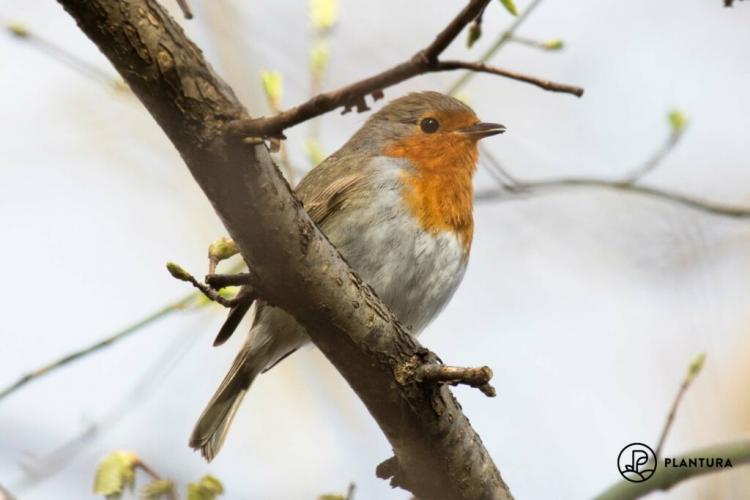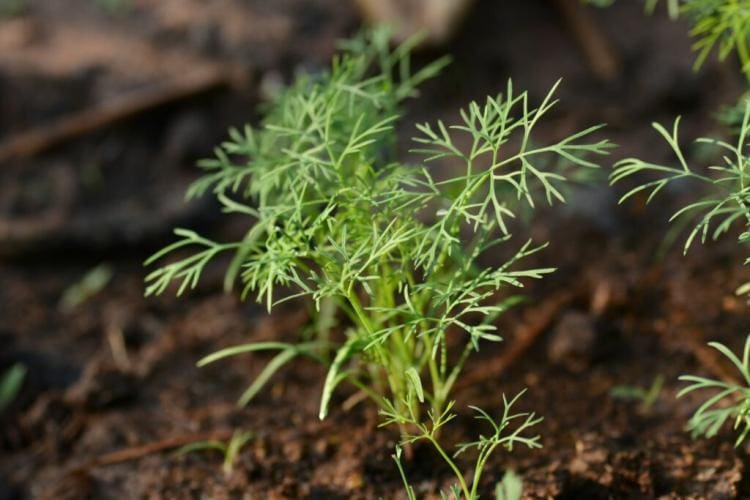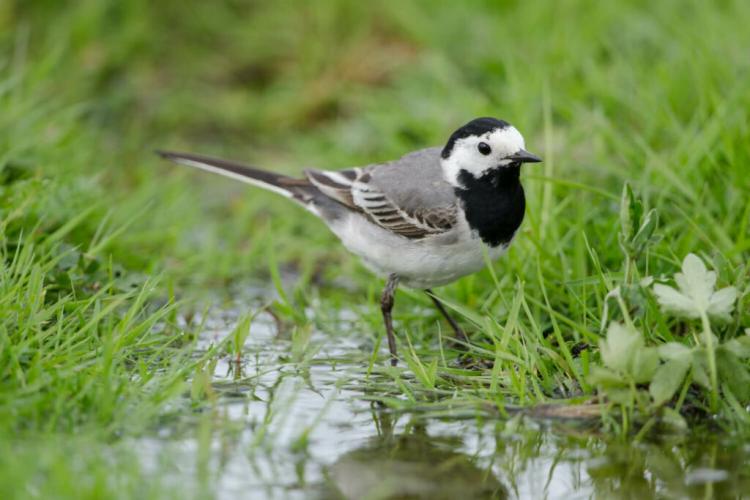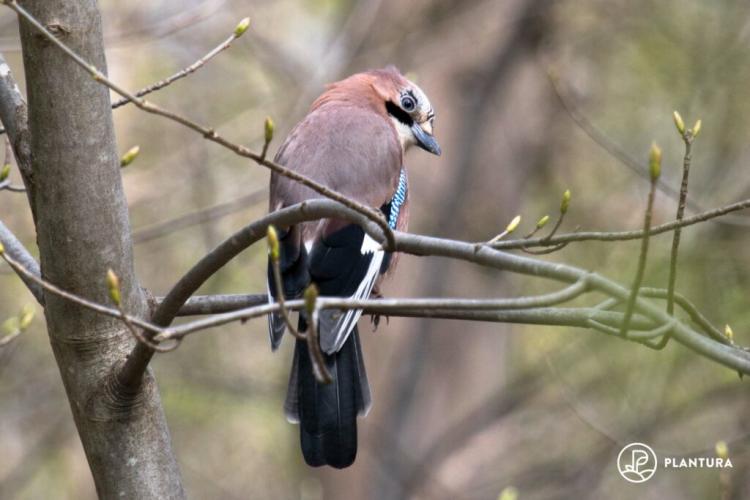Compost: Why Every Gardener Should Make Their Own!
Compost is good for the plants. We show why every gardener should start and build a compost heap and how to use compost properly.

Bacteria and other organisms warm up the compost, which is why it often steams when it is moved. [Photo: Scot Nelson]
In the past, proper compost was an integral part of every garden. Why should you spend expensive money on fertilizer when you can make the Rolls-Royce of fertilizers yourself in the garden? Compost is not only rich in the nutrients and trace elements that are so important for plants, but also offers an environmentally friendly way of disposing of your own fruit and vegetable waste. Definitely two reasons that speak strongly in favor of your own compost heap!
If you look at some compost heaps today, unfortunately, they often resemble organic waste heaps. Either the rot is not getting started properly or it stinks rotten and even the grass clippings from a year ago can still be seen. If you want to close the biological cycle with your own compost, you should read the next sections carefully. With our tips everyone can create a full-fledged compost.
The composting plant – this is how it should be built
A good location is essential so that the biological waste becomes valuable humus as quickly as possible. A partially shaded place with a water-permeable surface is best suited for this. In full sun places there is a risk that the compost will dry out. After choosing the location, it must now be considered what the compost should be made of. Simple board constructions (e.g. made from old Euro pallets) or the purchased variant, mostly made of plastic, are suitable for this. In the opinion of the Plantura team, a good compost should have the following 3 properties:
- A water-permeable soil is indispensable!
- There should be as many ventilation slots as possible on the sides without affecting the stability of the composting facility.
- Build a two-chamber system. The first chamber is for composting and the second for collecting garden waste.
By now you are probably wondering why garden waste should be collected beforehand. Please be patient, because we will come to this point later. In addition to the location and structure of the composting plant, the size is a decisive factor. Of course, this depends on the amount of garden waste you have. In any case, the system should be larger. The compost heap should already have a size of 1 mx 1m x 1m, i.e. 1m3. As a rule of thumb, the larger the composting facility and the content, the faster the composting process.
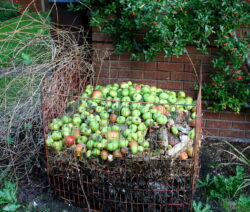
Windfalls can also end up on the compost heap. Very acidic or treated plant residues (e.g. orange peel, should be disposed of with the residual waste. [Photo: ndy / Andrew Fogg – CC BY 2.0])
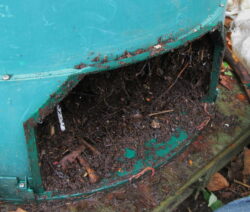
It is best to use compost heaps with a special removal device. [Photo: crabchick – CC BY 2.0]
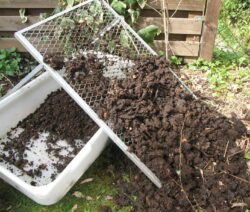
In order to obtain particularly fine compost, it should be sieved after removal. [Photo: SuSanA Secretariat – CC BY 2.0]
What actually happens in the compost?
Actually nothing else happens in a compost heap as in a forest floor. Organic matter is broken down by microorganisms and small animals such as earthworms. However, the composting plant ensures the perfect living conditions for the little helpers, which means that the compost is converted much faster. So that the organisms in the soil are doing well, heat is very important. In addition, the compost heap should be damp, but not wet. If there is still good ventilation, the microorganisms are working like crazy! If you follow the Plantura tips for setting up the composting plant, half the rent is already paid. But it is just as important how the litter or garden waste is added to the compost. Only if enough coarse material is always worked in, is a sufficient air supply guaranteed and rot is prevented. This is why collecting garden waste before composting is so important. Often there is only fine garden waste such as lawn cuttings. If too much of it is put on a compost, rot can occur because the fine lawn does not let air through. In the collecting container, the lawn can first dry out a little (it should anyway!) And later mixed with coarser garden waste. Attentive readers will have noticed: In principle, a compost heap wants to be cared for like a plant. Always keep it moist, but not waterlogged! And most plants feel most comfortable when it is warm.


